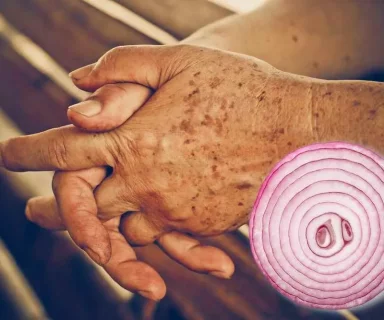Advertisements
The chances are you’ve been to Ikea. You might even have one of its products poorly built somewhere in your home. The powerhouse furniture company has spread all over the world making it a staple in many people’s homes today.
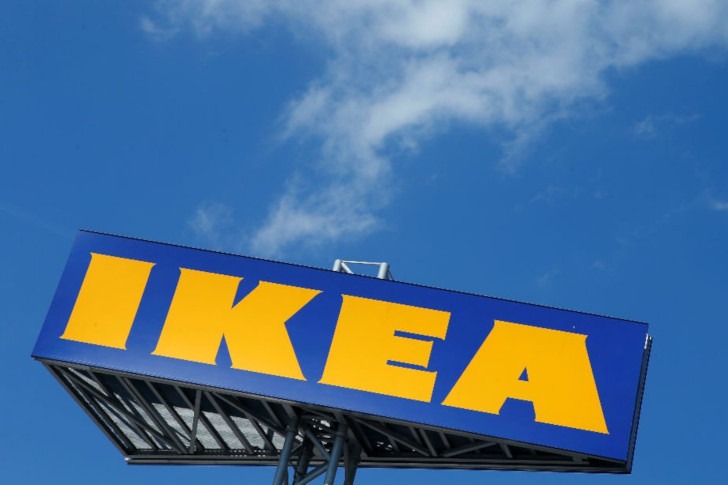
meritum.us
Let’s consider all the ways that Ikea has changed the world and how it affects the everyday person. Here are things you might not know about the Swedish company (instructions below).
Humble Beginnings

successstory.com
Ingvar Kamprad founded Ikea in Almhult, Sweden, way back in 1943. Even though we know it as a self-assembly furniture store today, it actually started as a mail-order sales business. It wasn’t until 1948 that its first store opened to the public. Slowly, it spread to other parts of Scandinavia in the 1960s, Europe in the 1970s, and the US in the 1980s. Today, its largest market is in Germany, with 53 warehouses! Americans are a large portion and remain Ikea’s second-largest market share.
Catalogs Are King
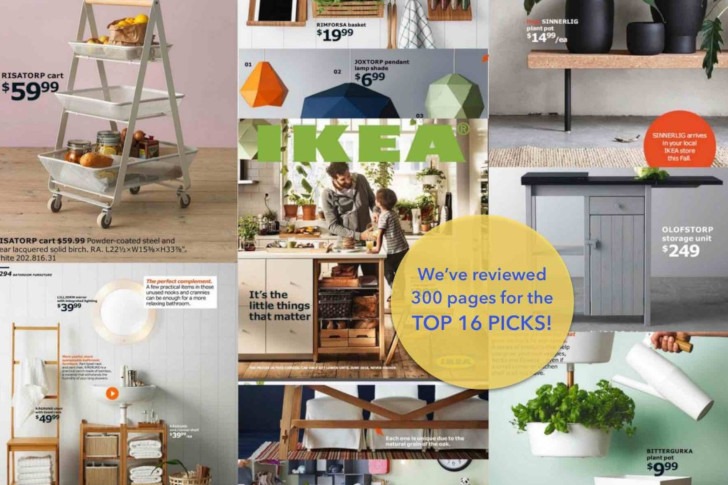
Credit: Ikea
The famous Ikea catalog makes its rounds around the world more often than most other shopping catalogs. In 2016, 213 million catalogs were published and distributed around the world, updating old products and announcing new ones. Even though there has been a rise in digital editions, there remains a stable interest in the printed book. In the next few years, however, this is expected to change – potentially saving millions of trees who will not see an early end to their fate.
Friends of the Environment

Shutterstock
Ikea intends on becoming 100% energy-neutral by 2020. The ambitious goal is set to reverse the reputation that the company is bad for the environment. Its plan to invest in additional solar and wind energy means that one day it will produce as much energy as it consumes. Ikea has also said that it plans to plant a new tree for each one it cuts down. Not bad, since they use 1% of the entire supply of wood! Nice!
The Future of Online
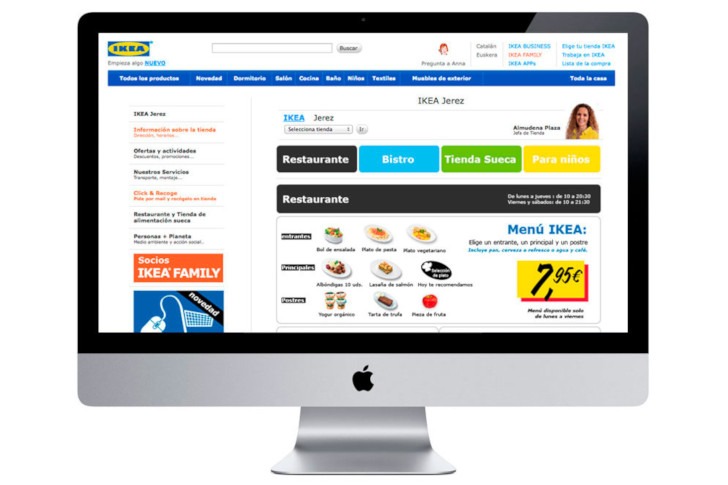
Credit: Ikea
Don’t ever go to Ikea with a partner! If you’re reading that having already done so, maybe you are no longer dating that person. Ikea can be Hell for those who need to shop together. It’s overwhelming and often a difficult experience. Thank goodness for online! In 2016, Ikea had 2.1 billion visits on its websites and 110 million visits to its apps. In fact, more than $1.6 billion of its 2016 sales revenue was from just online. Next time, skip the couple arguments!
Ikea Food
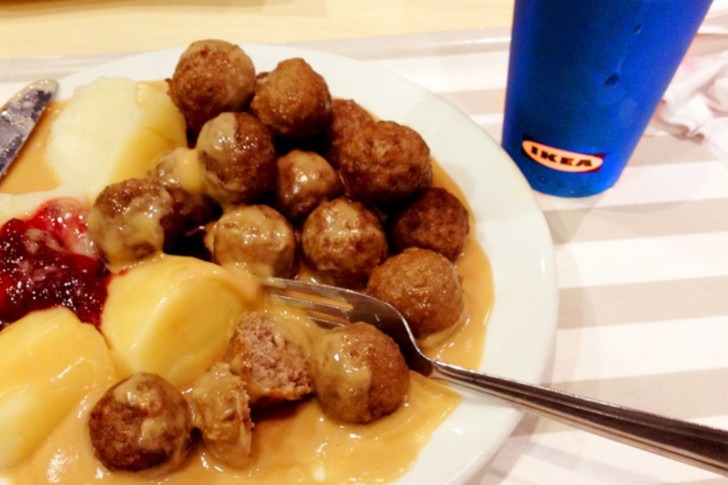
Credit: Ikea
Ikea’s first restaurant opened in Sweden’s store in 1960, but it wasn’t until 2006 that it started its own official brand label – Ikea Food. It has become a signature part of the Ikea experience and sells local Swedish dishes like meatballs. In fact, its famously cheap breakfasts were so popular that some cities around the world complained that it caused traffic on the motorways each morning! In 2016, Ikea Food generated $2 billion of revenue and sold more than 150 million individual meatballs.
Charities

Credit: Ikea
Ikea is technically listed as a non-profit organization which claims to ‘further the advancement of interior design’. This loophole in the law has let them pay a fraction of the tax it would otherwise pay. It generates money by licensing the Ikea trademark to non-profit sides. Experts have predicted that Ikea pays about 33 times less on taxes, around 3.5% on $27 billion of their annual sales. A smart business move from the owners, making extra money and immune from takeovers.
The Name of the Game

Credit: Ikea
Have you ever considered why each Ikea product has its own name? Words like Logga, Torgen, Pelto, Pyssla, and Peng all have significance if you want a particular item. But why is this? Ikea’s founder, Ingvar Kamprad, was badly dyslexic and had trouble remembering the products. He started assigning name and ‘characters’ to each item, helping him store them in his mind. The team thought this was amusing and they kept it. It is now a staple of the Ikea experience!
The Names Follow a Patten
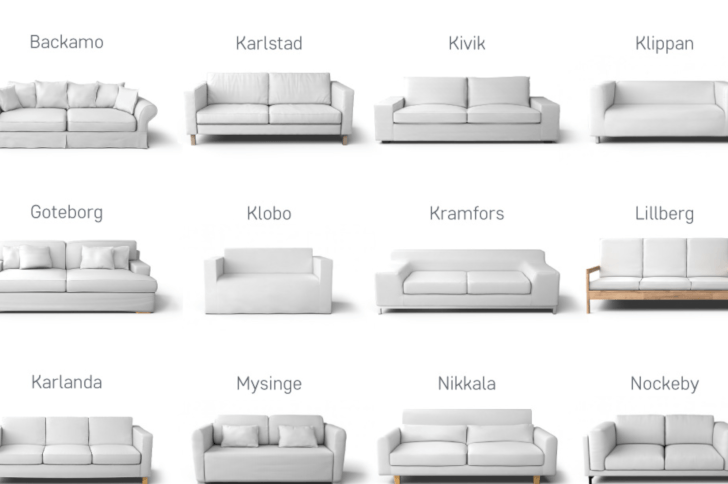
Credit: Ikea
Naming thousands of items would literally be chaos if everyone had to learn thousands of individual products. It turns out, there is a set of rules that establish how to name each item in the catalog. Sofas, media storage, coffee tables, bookshelves, and doorknobs are named after Swedish places (Klippan, Malmö); wardrobes, beds, and hall furniture from Norway; carpets after places in Denmark; and chairs and dining tables after locations in Finland. Bathroom items are named after lakes and rivers – which makes sense!
A Place To Eat, And Sleep?
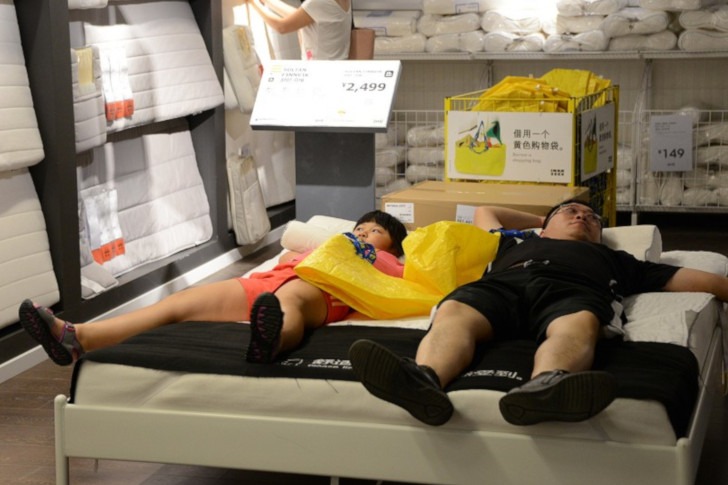
//blog.livedoor.jp
Many people visit Ikea just to grab an early breakfast or cheap meal due to its prices. However, what does a nation of tired and overworked people do? Apparently, Chinese locals would take advantage of the readymade beds and sofa and use Ikea to take a nap or relax with a book. Often, there will even be entire family trips whop pack picnic lunches and sit in the established dining rooms! Let’s see how lucky you would be trying that in a European or American store – it sounds like a nice family trip.
Culture Differences
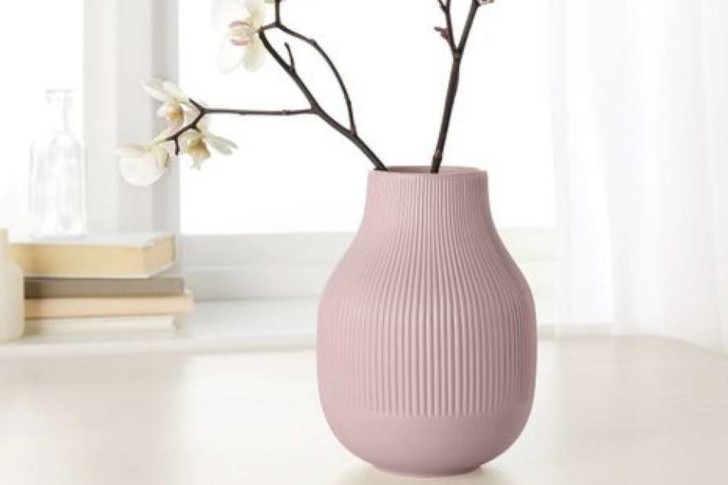
Credit: Ikea
When Ikea first opened its doors to America in 1985, it started with a modest location in Philadelphia, PA. Over time, it saw an unexpected demand for flower vases from its customers – Americans were buying more vases than any other country. Clerks conducted research into the shoppers and discovered that Americans were using them as drinking cups since they found the European sizes insufficient for their soda. Ikea quickly grew the size of their glasses for American shoppers and amended the issue.
Ikea Village

englishspectrum.com
The world’s largest Ikea is located in Seoul in South Korea. The Gwangmyeong store is more the 640,000 square feet and targets single people in the city. It has special items such as beds bathroom accessories that are catered to single men. Other large locations include Malaysia’s 502,000 square feet store, making it the largest store in Southeast Asia. All stores are designed to be a one-way layout which Ikea called ‘the long natural way’. This encourages customers to view as many products as possible.
Ahead Of The Culture Curve

Credit: Ikea
Ikea was the first company in the world to use a same-sex couple in its marketing efforts. In 1994, its television advert claimed that ‘all homes are created equal’ and features a mixed-race-same-sex couple as the basis of its American dream. Unfortunately, the advertisement only ran once – in New York City and Washington DC – before getting pulled. Conservatives had threatened to bomb Ikea locations and boycott the services. Despite this, it was seen as a forward step and approved by the gay community.
Ikea For Kittens
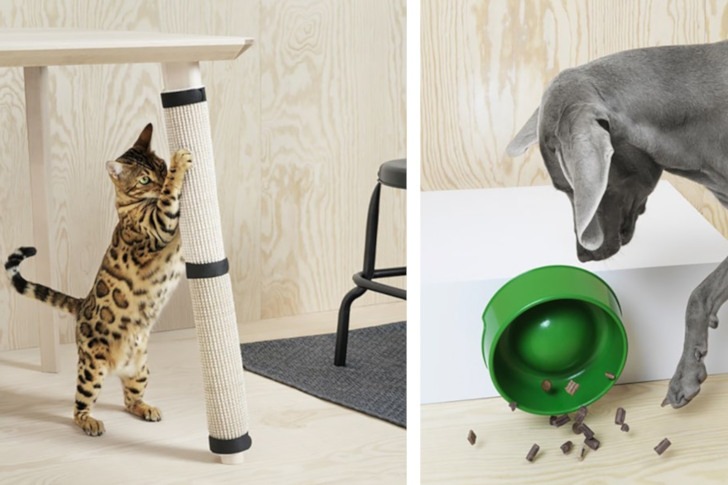
Credit: Ikea
In 2017, Ikea ventured into the pet industry. It launched a range of items for cats and dogs in Japan, France, Canada, the U.S., and Portugal. Stores in this location offer special beds, sofas, dishes, and toys. For the richer homeowners, they can even by their pets an entire Ikea home designed for cats. Humans will still need to build the products since the flatpack furniture is not yet ready for paws and claws. Maybe someday soon, but not yet.
A Growing Family
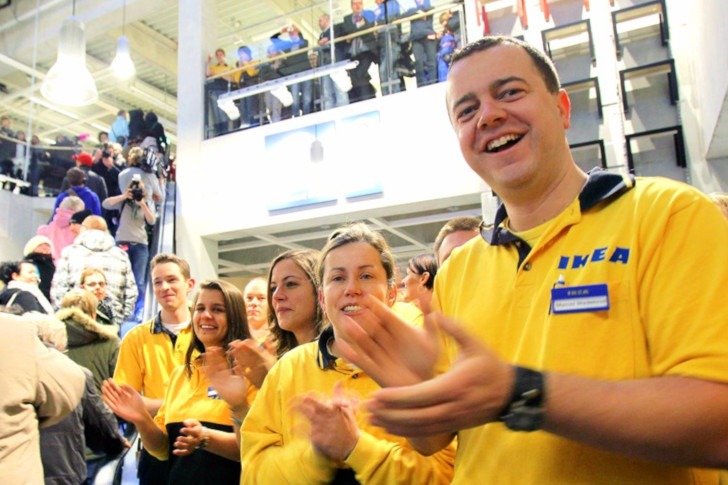
Credit: Ikea
If you serve more than 900 million each year, you’re going to need quite a few helping hands. Currently, there are around 193,600 Ikea employees, who they call ‘co-workers’ working across the world. The breakdown equals roughly 124,000 in retail, 7,500, in distribution, 2,150 in shopping centers, 20,000 in industry, and 9,700 in unspecified roles. That’s a lot of people. Remember – when it comes to building your bookshelf, they won’t be there to help you so pick it carefully.
People Love Billy

Credit: Ikea
Billy, and his various incarnations, remains Ikea’s most popular item. The famous bookcase was designed by Gillis Lundgren and appeared in the first store all the way back in 1979. Its popularity was instant and longlasting: by 2009, it was invited into 41 million homes around the world. While there are slight differences depending on the country of purchase, you can almost guarantee that you have seen a version of Billy in the flesh (or wood?) at least once before.
Thrifty To The End

Credit: Ikea
Ingvar Kamprad, Ikea’s founder, died in January 2018 74 years after creating it at 27 years of age. Even though he amassed a $46 billion fortune, his spending habits barely changed throughout his life. It is said he stayed in a humble home and often wore second-hand clothes. He was even turned away from a charity event in Germany after turning up to it from a bus station and refusing the chauffeur service he was offered. That’s a true mensch!
The Move To AR

Credit: Ikea
In September 2017, Ikea entered a new form of shopping and introduced Ikea Place – an augmented reality app that users can download to see their products at home before they buy. When using the app, customers can visualize the products and explore different sizes, shapes, and colors before they buy. The technology is based on Apple’s ARKit which is intended for the same purposes. Unfortunately, you still have to build it yourself, and don’t try sitting on the brand new sofa you’ve downloaded via your phone!
Faith In The Future

Credit: Ikea
As well as its environmental efforts through solar and wind energy, Ikea is also dedicated to the future of businesses. It runs a boot camp out of Almhult, Sweden, that collaborates with small businesses by helping them expand and grow. The company gives $23,900 to successful applicants to develop and grow their ideas. There is also a co-working space for existing small businesses to work alongside each other, generating a startup hub out of Sweden. The future is tech, and Ikea is there all the way!
A Global Impact
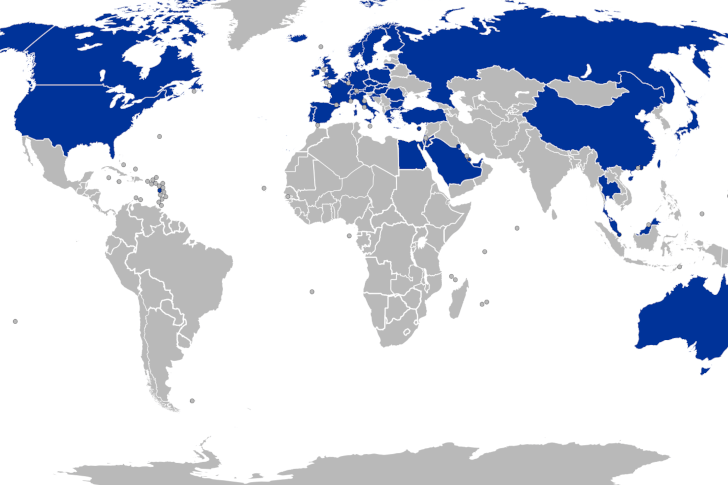
Today, Ikea receives approximately 936 million visitors each year! In 60 years, it grew to more than 403 stories in 49 markets and is one of the most recognizable names in the industry. Moving house? Chances are that you’re going to need something from here. Even though it has yet to penetrate the African and South American continents, it has every intention to keep expanding to more people in the next few years. When was the last time you went to the superstore?

